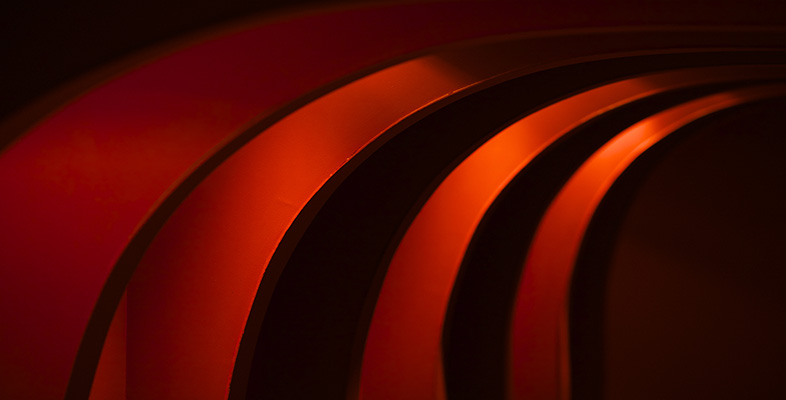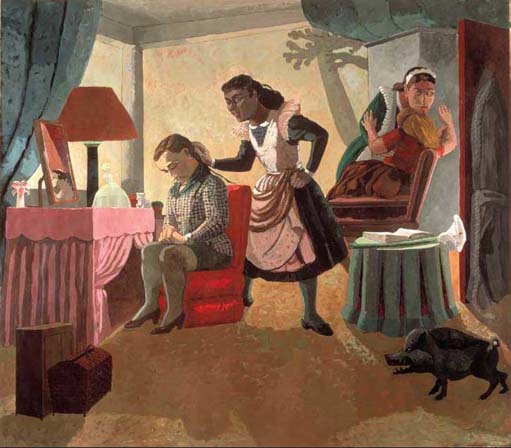3.3 Reading an art text
Having noted the immediate effect of an art work in terms of the way that it makes you feel, or the mood that it seems to convey, the next thing you can usefully do is to record the journey your eye takes as it experiences the work. This process of examining an art work is often called ‘reading’. Recording your first ‘read’ of an art work can give you some valuable supporting evidence to use when analysing it in more detail.
Activity 5: Reading some Turner Prize art works
Take a look at Plates 3 and 4 attached below and make notes on the path your eye takes as it moves over the art work, or ‘reads’ it, and then respond to the following questions.
What initially catches your eye? Where do you go next? And after that?
Where do you end up? Do your eyes stray away from the work altogether?
Is there anything that you didn't notice at first but saw later in your reading?
Did your eyes keep coming back to a particular part of the art work?
Is there anything that you didn't look at or thought wasn't important?
You don't need to write anything too elaborate for each of these questions. A list of the order in which you read the painting would be ideal as a response to questions 1 and 2, while answering question 3 should only take a few words. You should record your ‘readings’ of The Maids and No Woman No Cry in the appropriate sections of your notes.
Plate 3

Plate 4
Discussion
How did you get on? As an example of the sort of journey one might take around an art work, here's an account of my first reading of The Maids.
My eye was initially drawn to the white of the central figure's apron and then to her face. After this, I followed her arm down to the figure sitting on the red chair and then had a look around the items on the table in front of this figure. My attention was caught once more by the figure in the centre but then I noticed the shadows on the wall. After looking at these my eye was drawn to the two figures on the right and then down to the flower placed on the table below them. After this, I wasn't tempted to look away from the painting but instead found myself looking again at some of the areas I had already explored, sure that there were probably details that I had missed. It was then that I noticed the pig-like creature in the bottom right-hand corner of the painting.
Was your reading of The Maids very different? If you have the time and the opportunity you could ask other people to record their journey around these art works. Don't be surprised if they take a different route from your own.
Much like the author of a poem or a historical text, artists use a range of techniques in order to encourage the spectator to read art works in a certain way. In the next section you'll explore the connection between effects and techniques.

